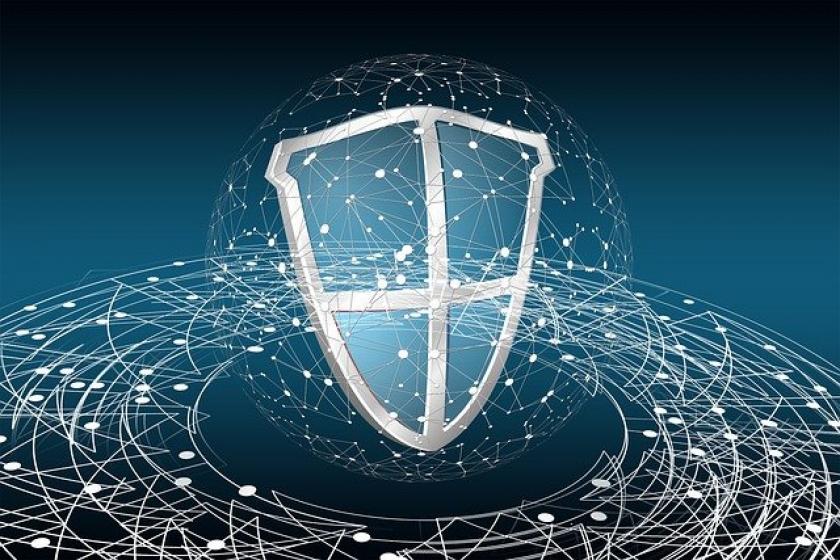Organizations that accelerated their adoption of cloud native apps, SaaS, and other cloud-driven resources to cope with the pandemic may have to weigh other security matters as potential “new normal” operations take shape. Though many enterprises continue to make the most of remote operations, hybrid workplaces might be on the horizon for some. Experts from cybersecurity company Snyk and SaaS management platform BetterCloud see new scenarios in security emerging for cloud resources in a post-pandemic world.
The swift move to remote operations and work-from-home situations naturally led to fresh concerns about endpoint and network security, says Guy Podjarny, CEO and co-founder of Snyk. His company recently issued a report on the State of Cloud Native Application Security, exploring how cloud-native adoption affects defenses against threats. As more operations were pushed remote and to the cloud, security had to discern between authorized personnel who needed access from outside the office versus actual threats from bad actors.
Decentralization was already underway at many enterprises before COVID-19, though that trend may have been further catalyzed by the response to the pandemic. “Organizations are becoming more agile and the thinking that you can know everything that’s going on hasn’t been true for a long while,” Podjarny says. “The pandemic has forced us to look in the mirror and see that we don’t have line of sight into everything that’s going on.”
This led to distribution of security controls, he says, to allow for more autonomous usage by independent teams who are governed in an asynchronous manner. “That means investing more in security training and education,” Podjarny says.
A need for a security-based version of digital transformation surfaced, he says, with more automated tools that work at scale, offering insight on distributed activities. Podjarny says he expects most security needs that emerged amid the pandemic will remain after businesses can reopen more fully. “The return to the office will be partial,” he says, expecting some members of teams to not be onsite. This may be for personal, work-life needs, or organizations want to take advantage of less office space, Podjarny says
Read the rest of this article on InformationWeek.









